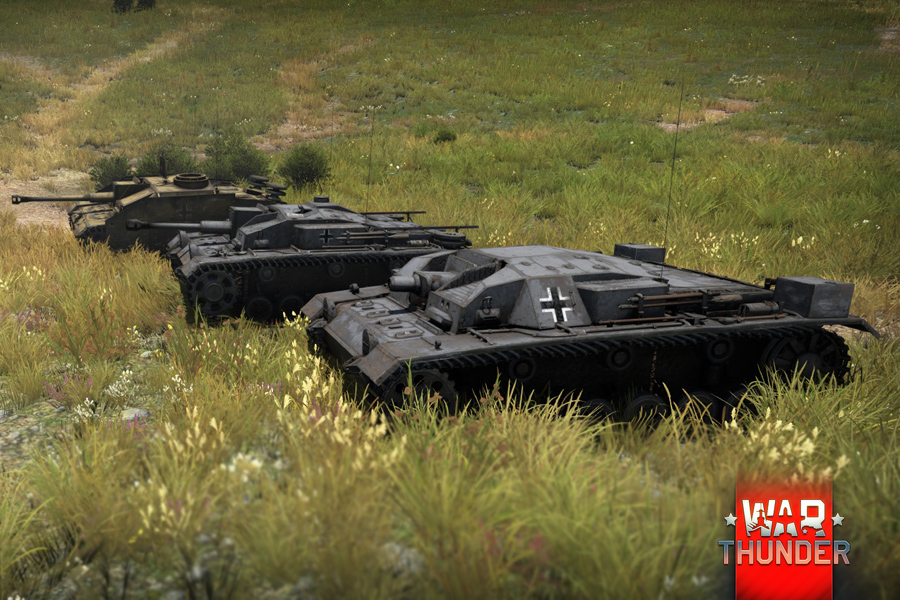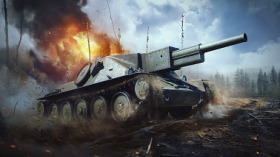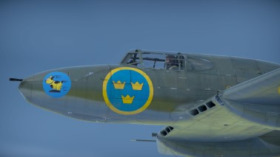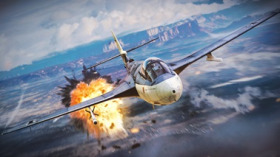
- For PC
- For MAC
- For Linux
- OS: Windows 10 (64 bit)
- Processor: Dual-Core 2.2 GHz
- Memory: 4GB
- Video Card: DirectX 11 level video card: AMD Radeon 77XX / NVIDIA GeForce GTX 660. The minimum supported resolution for the game is 720p.
- Network: Broadband Internet connection
- Hard Drive: 23.1 GB (Minimal client)
- OS: Windows 10/11 (64 bit)
- Processor: Intel Core i5 or Ryzen 5 3600 and better
- Memory: 16 GB and more
- Video Card: DirectX 11 level video card or higher and drivers: Nvidia GeForce 1060 and higher, Radeon RX 570 and higher
- Network: Broadband Internet connection
- Hard Drive: 75.9 GB (Full client)
- OS: Mac OS Big Sur 11.0 or newer
- Processor: Core i5, minimum 2.2GHz (Intel Xeon is not supported)
- Memory: 6 GB
- Video Card: Intel Iris Pro 5200 (Mac), or analog from AMD/Nvidia for Mac. Minimum supported resolution for the game is 720p with Metal support.
- Network: Broadband Internet connection
- Hard Drive: 22.1 GB (Minimal client)
- OS: Mac OS Big Sur 11.0 or newer
- Processor: Core i7 (Intel Xeon is not supported)
- Memory: 8 GB
- Video Card: Radeon Vega II or higher with Metal support.
- Network: Broadband Internet connection
- Hard Drive: 62.2 GB (Full client)
- OS: Most modern 64bit Linux distributions
- Processor: Dual-Core 2.4 GHz
- Memory: 4 GB
- Video Card: NVIDIA 660 with latest proprietary drivers (not older than 6 months) / similar AMD with latest proprietary drivers (not older than 6 months; the minimum supported resolution for the game is 720p) with Vulkan support.
- Network: Broadband Internet connection
- Hard Drive: 22.1 GB (Minimal client)
- OS: Ubuntu 20.04 64bit
- Processor: Intel Core i7
- Memory: 16 GB
- Video Card: NVIDIA 1060 with latest proprietary drivers (not older than 6 months) / similar AMD (Radeon RX 570) with latest proprietary drivers (not older than 6 months) with Vulkan support.
- Network: Broadband Internet connection
- Hard Drive: 62.2 GB (Full client)

In 1936 German General Erich von Manstein had devised the idea of the Sturmartillerie otherwise known as Assault Artillery or the Assault Gun. The idea originated in 1935 when Manstein identified the need for direct-fire support for the infantry.
The first assault gun designed was the StuG III Ausf A which was a casemate style tank on a Panzer III B chassis. It would go on to become one of the most produced and most important fighting vehicles for the German Army during WWII. The StuG III Ausf A came with a 7.5 cm KwK 37 main gun. This 7.5 cm gun fired a low velocity round and was short barreled as well.
It was used on StuG models A thru E until 1942 when the newer StuG Ausf F and G models were given a new high velocity, long barreled 7.5cm KwK 40 main gun. This improvement was made after the Germans had begun fighting against newer Soviet tanks like the T-34 and Kv-1 and the low velocity KwK37 just didn’t have enough penetration and performance to combat against the new opposition.
The Sturmgeschütz units were actually employed and utilized by the German Artillery units instead of the Werhmacht and Panzer as they were already stretched thin with their resources. They were first put into battalions with an infantry support specific doctrine which would eventually be changed later into an Anti-Tank role.
The StuG was used in all fronts during WWII by the German military and were very successful in their roles, both in infantry support and anti-tank. Collectively the StuG’s had more credited tank victories compared to the more popular Tiger and Panther tanks. The main reason behind this was the large quantity of StuG’s built and how cost effective they were as well. Other reasons why the StuG’s were successful was also due to their design.
A StuG was very low profile which made it a hard target for the allies and this also allowed for the Germans to easily camouflage the tank as well. It was said that approximately four StuG’s could be built to the cost of a single King Tiger tank and later in the war, due to the deteriorating situation, more StuGs were built and used in the defense of Germany. Approx. 10,000 StuG III variants were built with many older StuG III’s being converted to StuG III G and StuG IV variants.
Overall the Germans utilized the StuG effectively not only for their intended role but also in a role that the tank wasn’t initially designed for. The StuG also had life after WWII when the Finnish Army had used the StuG as its primary fighting vehicle seeing use up until 1960. The Syrian Army also had used the StuG and other vehicles including Panzer IV’s up until the mid-1960’s. Many other nations had also used the StuG after WWII including Yugoslavia, Romania, Spain, Hungary and Italy.
This is a clear testament to the design and effectiveness of the Assault Gun that was originally designed in the mid to late 1930’s. Some modern era Assault Guns now named Mobile Gun Systems (MGS) like the U.S. M1128, the French AMX 10 RC and the Italian Centauro. All of which are versatile in the roles it can fulfill almost as if the designers of these modern weapon systems were paying homage to Gen. Erich von Manstein and his original Sturmgeschütz.
Author: Sean "Gingahninja" Connell
The War Thunder Team






